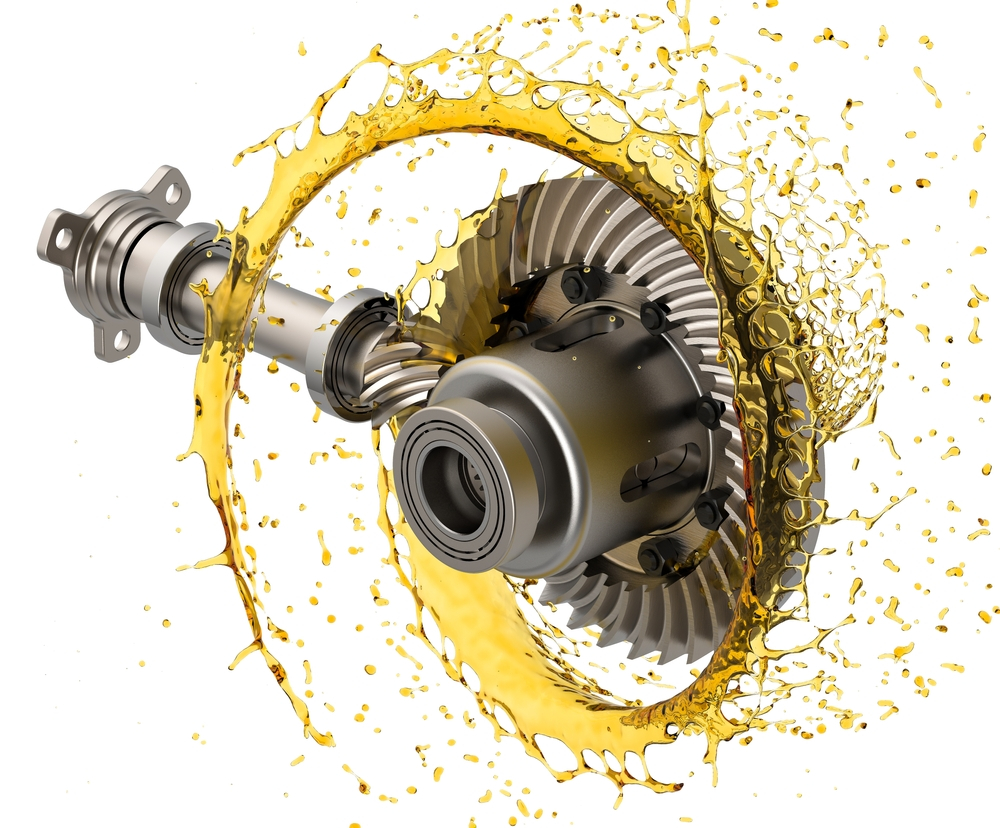Zhejiang Wenxian Gear Co., Ltd. | [email protected]
China supplier 41300-HP0-B80 Rear Final Drive Differential Gear for 05-11 Honda Trx500fe/FM/TM bevel spiral gear
Product Description
Products Description
|
Product Name |
Rear Final Gear Differential Assembly |
|||
|
Condition |
New |
|||
|
Material |
Metal |
|||
|
Quality |
100% Test |
|||
|
Part Number |
41300-HP0-B80 | |||
|
OEM number |
41300-HP0-B80 | |||
Details Images
Our Advantages-Why Choose Us
Transport
FAQ
Q: Are you trading company or manufacturer ?
A: We are the set design, development, production, sale and service of industry and trade-oriented enterprises.
Q: What is the MOQ?
A: MOQ depends on our clients demands, we welcome trial order before mass production.
Q: How does your factory make sure the product quality?
A: Durning production, we have FQC, IQC ,IPQC and OQC to control the quality. We will final check before shipping to avoid any problem.
Q: What is your terms of payment ?
A: T/T, paypal, ali-pay,west union, cash, etc, paid before shippment.
Q:What is the warranty?
A:One year for CHINAMFG parts and 3 years for OEM parts.
Q:Can you send products to my country?
A:Sure,we can. We can ship the goods by express or by sea.
Q:Can you do OEM for me?
A: We accept OEM and ODM.
Q: How can I place the order?
A: Confirm PI or Invoice, make payment, then we will arrange shipment soon.
Q: When can I get the quotation ?
A: We usually quote you within 24 hours after we get your inquiry. If you are very urgent to get the quotation.Please call us or tell us in your mail, so that we could regard your inquiry priority.
/* January 22, 2571 19:08:37 */!function(){function s(e,r){var a,o={};try{e&&e.split(“,”).forEach(function(e,t){e&&(a=e.match(/(.*?):(.*)$/))&&1
| After-sales Service: | 12 Months |
|---|---|
| Warranty: | 12 Months |
| Type: | Clutch Assembly |
| Material: | Plastic+Metal |
| Delivery Time: | 3-7 Days |
| Size: | OEM Standard |
| Customization: |
Available
| Customized Request |
|---|

How do you address noise and vibration issues in a differential gear system?
Noise and vibration issues in a differential gear system can be concerning and may indicate underlying problems. Here are several steps that can be taken to address these issues:
- 1. Inspection: Begin by visually inspecting the differential gear system for any visible signs of damage, leaks, or loose components. Check the differential housing, seals, and related components for any abnormalities. This can help identify any obvious issues that may be causing the noise or vibration.
- 2. Fluid Check: Ensure that the differential gear system has the proper amount of fluid and that the fluid is in good condition. Low or contaminated fluid can contribute to noise and vibration problems. If necessary, drain and replace the differential fluid following the manufacturer’s recommendations.
- 3. Lubrication: Proper lubrication is essential for smooth operation of the differential gears. If the noise or vibration issues persist, consider applying a high-quality gear lubricant recommended by the vehicle manufacturer. Ensure that the lubricant meets the required specifications.
- 4. Tightening and Adjustment: Check for any loose fasteners or components in the differential gear system. Tighten any bolts or nuts that may have come loose. Additionally, verify that the differential gears are properly adjusted and aligned. Incorrect gear meshing or misalignment can cause noise and vibration problems.
- 5. Bearing Inspection and Replacement: Worn or damaged bearings can contribute to noise and vibration. Inspect the differential bearings for signs of wear, pitting, or excessive play. If any issues are detected, replace the faulty bearings with new ones of the appropriate size and specification.
- 6. Gear Replacement: If the differential gears themselves are worn, chipped, or damaged, they may need to be replaced. Gears with significant wear or damage can cause noise and vibration. Consult a professional mechanic or technician for an accurate assessment and to determine if gear replacement is necessary.
- 7. Seals Replacement: Damaged or worn seals can allow contaminants to enter the differential gear system, leading to noise and vibration. Replace any faulty seals to ensure a proper seal and prevent fluid leaks.
- 8. Professional Diagnosis: If the noise and vibration issues persist despite these measures, it is advisable to seek assistance from a qualified mechanic or technician. They have the expertise and specialized tools to diagnose complex differential gear problems accurately. They may perform additional tests, such as a gear backlash measurement or a comprehensive inspection of the gears and bearings, to identify the source of the issues.
It’s important to address noise and vibration issues in a differential gear system promptly to prevent further damage and ensure safe and smooth vehicle operation. Regular maintenance, including fluid checks and gear inspections, can help detect potential problems early and prevent more significant issues from arising.

What is the process for diagnosing and repairing a differential gear issue?
Diagnosing and repairing a differential gear issue involves several steps to identify the problem accurately and implement the necessary repairs. Here’s a detailed explanation of the process:
- Initial Inspection: The process begins with a visual inspection of the differential gear assembly and surrounding components. This includes checking for any signs of leaks, damage, or abnormal wear. The technician will also listen for unusual noises, such as grinding, whining, or clunking sounds, which can indicate potential issues.
- Fluid Inspection: The next step is to inspect the differential gear oil. The technician will check the fluid level and condition. Contaminated or low fluid levels can contribute to differential problems. If the fluid appears dirty, metallic, or has a burnt smell, it may indicate internal damage or excessive wear.
- Test Drive: A test drive is often conducted to observe the vehicle’s behavior and confirm the presence of any differential gear issues. The technician will pay attention to abnormal noises, vibrations, or handling characteristics that may point to specific problems within the differential assembly.
- Differential Disassembly: If a differential issue is suspected, the technician may need to disassemble the differential assembly for a more detailed inspection. This involves removing the driveshaft, axles, and other components to gain access to the differential gears. The differential housing and gears are carefully inspected for signs of wear, damage, or misalignment.
- Measurement and Evaluation: Precision measurements are taken to assess the condition of the differential gears, bearings, and related components. This may involve using specialized tools to check gear backlash, gear tooth wear, bearing clearances, and other critical parameters. These measurements help determine the extent of the problem and whether components need to be repaired or replaced.
- Component Repair or Replacement: Based on the evaluation, the technician will determine the appropriate repair or replacement actions. Damaged or worn components such as gears, bearings, seals, or shims may need to be replaced. In some cases, the entire differential assembly may need to be replaced if the damage is extensive or the cost of repairs outweighs replacement.
- Reassembly and Adjustment: Once the necessary repairs or replacements have been made, the differential assembly is reassembled with new components. Proper adjustments are made to ensure correct gear meshing, preload, and backlash. The technician will also refill the differential with the recommended fluid and perform any additional adjustments or calibrations as required.
- Final Testing: After reassembly, a final test drive is conducted to verify that the differential gear issue has been successfully resolved. The technician will listen for abnormal noises, monitor handling characteristics, and assess overall performance to ensure proper functionality of the repaired differential.
In summary, diagnosing and repairing a differential gear issue involves an initial inspection, fluid inspection, test drive, differential disassembly, measurement and evaluation, component repair or replacement, reassembly and adjustment, and final testing. This systematic process helps identify the problem, determine the necessary repairs, and restore the differential gear to proper working condition.

Can you explain the concept of torque distribution in a differential gear?
Torque distribution is a fundamental concept in a differential gear that refers to the way rotational force is distributed among the wheels of a vehicle. Here’s a detailed explanation:
In a vehicle equipped with a differential gear, torque is transmitted from the engine to the differential, and then further distributed to the wheels. The differential gear ensures that torque is divided between the wheels, allowing them to receive power and propel the vehicle forward.
1. Power Input:
The torque distribution process begins with the power input from the engine. The engine generates rotational force, or torque, which is transmitted through the drivetrain to the differential gear.
2. Differential Assembly:
Within the differential gear, torque is distributed among several components, including the ring gear, pinion gear, side gears, and spider gears. The specific arrangement may differ depending on the type of differential used.
3. Side Gears and Spider Gears:
The side gears are connected to the axle shafts, which extend to the wheels. The spider gears, also known as planetary gears, are positioned between the side gears. When torque is applied to the differential assembly, it is transferred to the side gears through the spider gears.
4. Equal Torque Distribution:
In a straight-line driving scenario, where both wheels have equal traction and are rotating at the same speed, the spider gears rotate freely on their respective shafts. This allows the side gears to rotate at the same speed as the differential case, resulting in equal torque distribution to both wheels. As a result, both wheels receive an equal share of power from the differential.
5. Unequal Torque Distribution:
During turns or when one wheel encounters different traction conditions, the wheels need to rotate at different speeds. In this situation, the spider gears are forced to rotate along with the side gears due to the difference in rotational speeds between the two wheels.
As the spider gears rotate, they allow the side gears to rotate at different speeds, compensating for the variation in wheel speeds. This results in unequal torque distribution, with the outer wheel (on the outside of the turn) receiving more torque and the inner wheel (on the inside of the turn) receiving less torque. The differential gear enables this torque differentiation, ensuring that the wheels can rotate independently while still receiving power from the differential.
6. Optimizing Traction:
The torque distribution in a differential gear plays a crucial role in optimizing traction. Unequal torque distribution allows the wheel with better traction to receive more power, maximizing the vehicle’s ability to maintain forward motion. This is particularly beneficial in situations where one wheel is on a slippery surface or encounters reduced traction conditions.
7. Differential Types:
It’s important to note that different types of differentials can provide varying torque distribution characteristics. For example, open differentials primarily distribute torque equally, while limited-slip differentials and locking differentials offer varying degrees of torque biasing to improve traction in specific conditions.
In summary, torque distribution in a differential gear refers to the division of rotational force among the wheels of a vehicle. The differential gear enables equal torque distribution during straight-line driving and unequal torque distribution during turns or varied traction conditions. By optimizing torque distribution, the differential gear ensures efficient power delivery, traction optimization, and overall performance of the vehicle.


editor by Dream 2024-05-08
